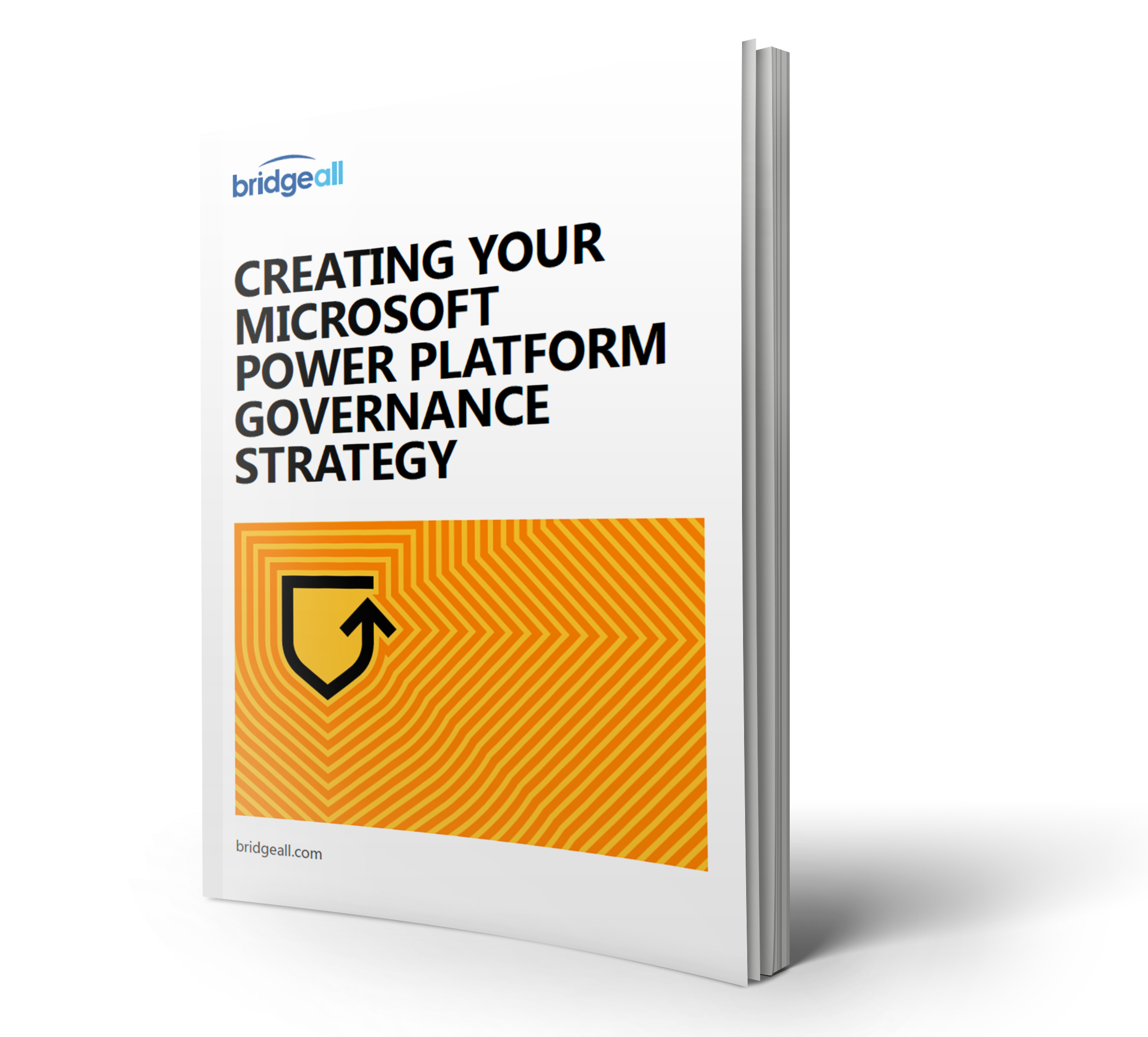Govern low-code assets with ease thanks to the introduction of Managed Environments. Microsoft has recently announced this new feature that will offer a set of out-of-the-box governance capabilities that will help to simplify, automate, and streamline IT administration of Microsoft Power Platform at scale. Admins will be able to select environments in the Microsoft Power Platform admin centre and enable them as Managed Environments with a simple click making the governance process so much easier. We explain more about Managed Environments and how they can help your organisation in this article.
The need for Managed Environments
Despite thousands of organisations using industry-leading security, compliance and governance capabilities, many still find that implementing best practices still requires a lot of manual work and expertise. To address these challenges Microsoft has introduced Managed Environments.
Managed Environments for Microsoft Power Platform is designed to streamline and automate governance at scale, increase IT trust, and significantly reduce the burden on IT. Admins can activate Managed Environments in any environment with just a few clicks and immediately get more visibility, more control, with less effort to manage all their low-code assets with greater peace of mind.
Better visibility with admin digest
One of the main issues when it comes to governance is managing sprawl. This consists of inactive areas of the system cluttering up your environment. With Managed Environments admins will receive a weekly admin digest that provides proactive adoption insights such as apps and flows that have been inactive for a while and need tidied up. Rather than setting up a Data Lake and building your own detection algorithms, these recommendations are sent to your inbox to keep you informed.

Sharing limits gives you more control
Keeping data and systems is no easy task, just ask your admins. Managed Environments give admins a simple way to block makers from sharing with security groups or specify how many people a canvas app can be shared with. These sharing controls can ensure admins feel confident that apps can be reviewed before they are distributed company wide.

Less effort with easy activation
With the huge adoption of the Centre of Excellence (COE) toolkit, many people have developed their own custom solutions for analytics and advanced governance workflows. With Managed Environments you can create workflows with just a few clicks. Microsoft has stated that over time Managed Environments will be enhanced with more and more unique governance capabilities that will save admins time and effort as well as allow IT teams to manage their low-code assets with more efficiency.
Managed Environments licensing
If your organisation is utilising Power Platform to its fullest then you should consider learning more about Managed Environments. It is included with existing standalone Power Apps and Power Automate licences with no additional licence required.
It is important to note when you enable Managed Environments on a selected environment, anu user who runs apps or flows in that environment will require a Power Apps or Power Automate standalone licence.
Managed Environments is currently in preview and can be accessed from the Microsoft Power Platform admin centre. This can be activated by selecting an environment and clicking ‘Enable Managed Environments’.
This announcement is just the start with Microsoft planning to enrich Managed Environments with an increasing number of governance capabilities over the next few release waves. To find out more about Managed Environments or to learn more about Power Platform governance, contact our team or download the guide below.




